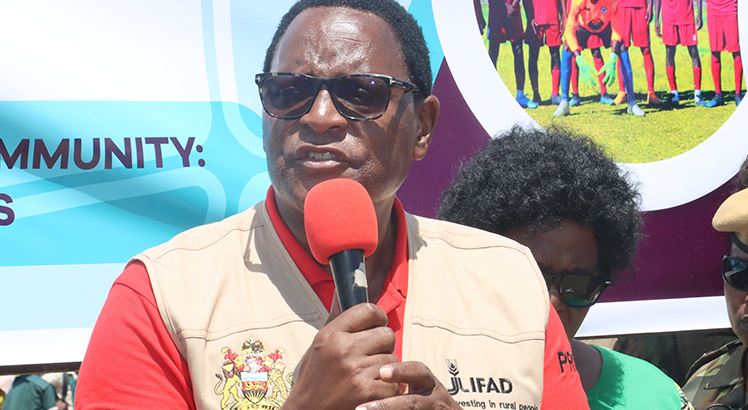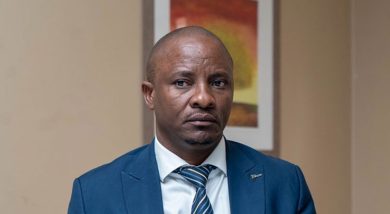Kamuzu Stadium to commercialise
 Government spends K6 million (about $36 000) a year to maintain Kamuzu Stadium in Blantyre, gets little in return and now plans to run it as a commercial entity.
Government spends K6 million (about $36 000) a year to maintain Kamuzu Stadium in Blantyre, gets little in return and now plans to run it as a commercial entity.
Â
The fact of the matter is that government has been spending half a million kwacha every month since 2010 to keep the facility in usable shape.
According to director of sports in the Ministry of Youth Development and Sports, Jameson Ndalama, the monthly expenses go towards pitch maintenance, utility bills and sanitation.
“To say it plainly, we are operating Kamuzu Stadium at a loss. Its main revenue is through gate collections, which are 25 percent of an event’s collection,” said Ndalama.
He revealed that government has plans to operate the stadium as a business like the Ministry of Youth Affairs and Sports in Kenya does.
According to Ndalama, Kasarani, Coca-Cola and Nyao stadiums in Kenya have facilities such as swimming pool, gymnasium, restaurant, washrooms and conference centres which they let out to the public at a fee.
“We plan to do similar projects although not all as our counterparts are implementing because the stadium was built a long time ago and space is limited. But we are planning on recreational centres and other facilities,” he said.
Ndalama added that already the Kamuzu Stadium manager Charles Mhango has completed a diploma course in sports business management offered by the University of Pretoria in South Africa.
Said Ndalama: “With this knowledge, Mr. Mhango will be able to manage the stadium as a commercial entity, but I have to say that it is a gradual process.”
Mhango is one of the candidates from different sectors including, clubs, sports associations, government and the media who recently graduated in the course offered by the university.
Ndalama said the plans to commercialise Kamuzu Stadium were made some time back but hooliganism and vandalism have been some of the setbacks.
The Kamuzu Stadium manager responsible for human resource and maintenance, Perris Sozela, said revenue at the stadium has gone down because of lack of cup competitions.
“Unlike in the past when we had six or seven cup competitions, now we only have the TNM Super League, the Standard Bank and Presidential Cup. It means few games being played at the stadium; and this has greatly affected revenue collection. That is the reason we are operating at a loss,” said Sozela.
According to him, the highest amount collected in a single game was K250 000 (about $1 497) when Malawi hosted Chad whereas during Super League matches the average is K15 000 (about $90).
He also attributed the low revenue to spectators that beat the ticket selling system and enter for free.
In a related development, Sozela said contractors engaged to repair the floodlights have not been reporting for work for a month now.
“We are following up the matter because this is an important project as we continue to renovate the stadium,” he said.
The stadium has been without floodlights since 1992.
In 2009, a Fifa inspection team reduced the stadium’s sitting capacity from 40 000 to 25 000, which cut revenue during international games by about 35 percent.





